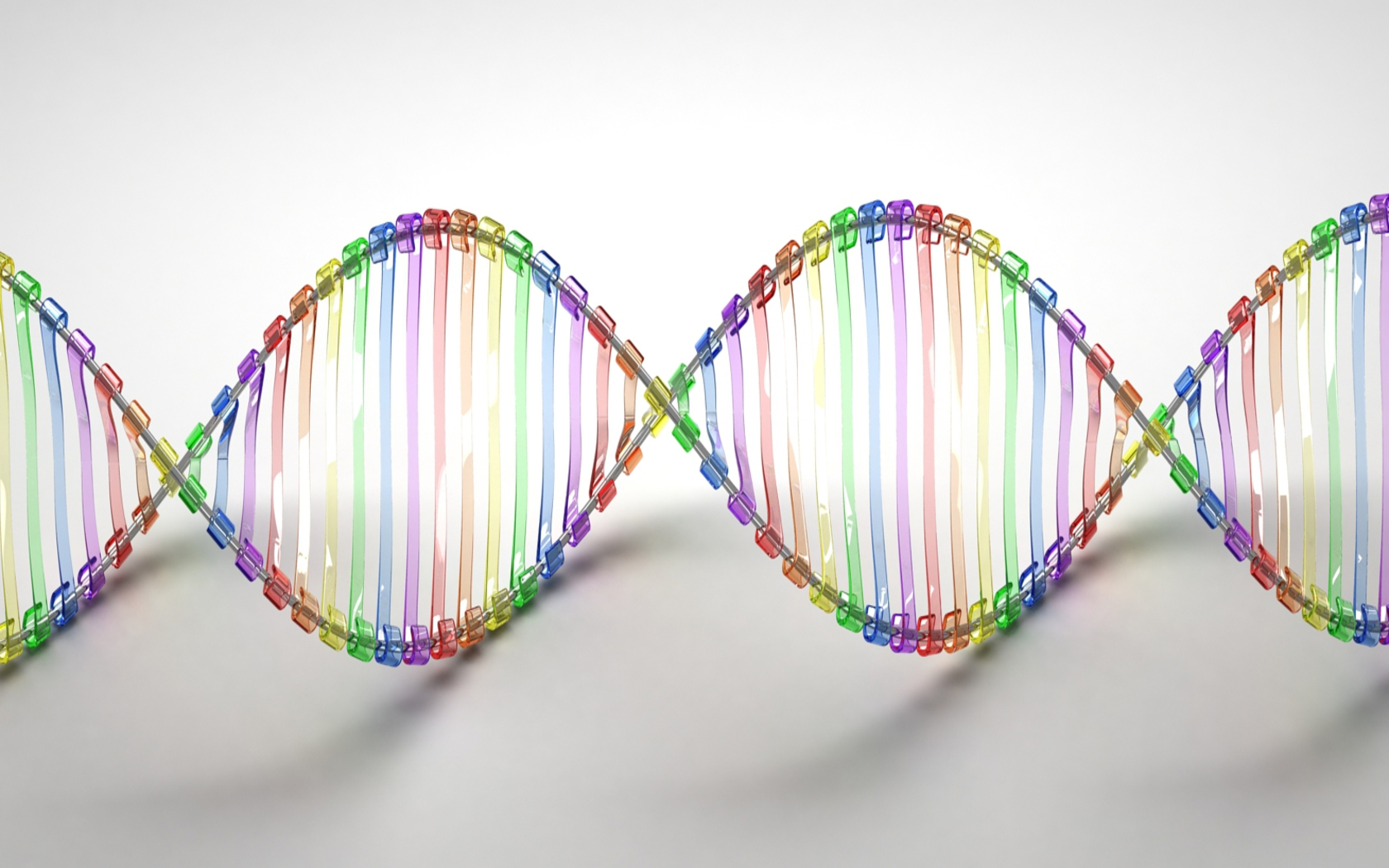 EMERGING TECH
EMERGING TECH
 EMERGING TECH
EMERGING TECH
 EMERGING TECH
EMERGING TECH
A team of researchers from the University of Washington has given a new meaning to the term computer virus by coding malware directly into a DNA strand.
The research team presented a paper outlining their project at the recent USENIX Security Symposium in Vancouver, where they explained how they managed to make a malicious, DNA-based program. Using their organic malware, the researchers were able to successfully compromise the PC that tried to read the DNA, allowing them remotely to execute code on it.
In addition to setting out to prove that malware could be coded into DNA, the team also wanted to show that the programs used to read DNA are not following cybersecurity best practices. According to the researchers, many of the programs used to sequence and analyze DNA are incredibly insecure, leaving them open to attacks. This could be a serious problem, as DNA sequencing is commonly used by law enforcement to identify both criminals and victims.
It’s scary to imagine a criminal using DNA malware to cover his tracks, but the research team was quick to point out that this scenario is extremely unlikely, and they say that the success of their experiment is not something the public should worry about — yet.
“We have no evidence to believe that the security of DNA sequencing or DNA data in general is currently under attack,” the research team said in a statement. “Instead, we view these results as a first step toward thinking about computer security in the DNA sequencing ecosystem. One theme from computer security research is that it is better to consider security threats early in emerging technologies, before the technology matures, since security issues are much easier to fix before real attacks manifest.
The team also noted that it intentionally programmed a vulnerability into the computer that was tasked with reading the DNA, which is what allowed the malware to take control in the first place. Despite that, however, the researchers still said DNA sequencing programs need better security, and their experiment simply showed one of many ways an attacker could gain control.
THANK YOU